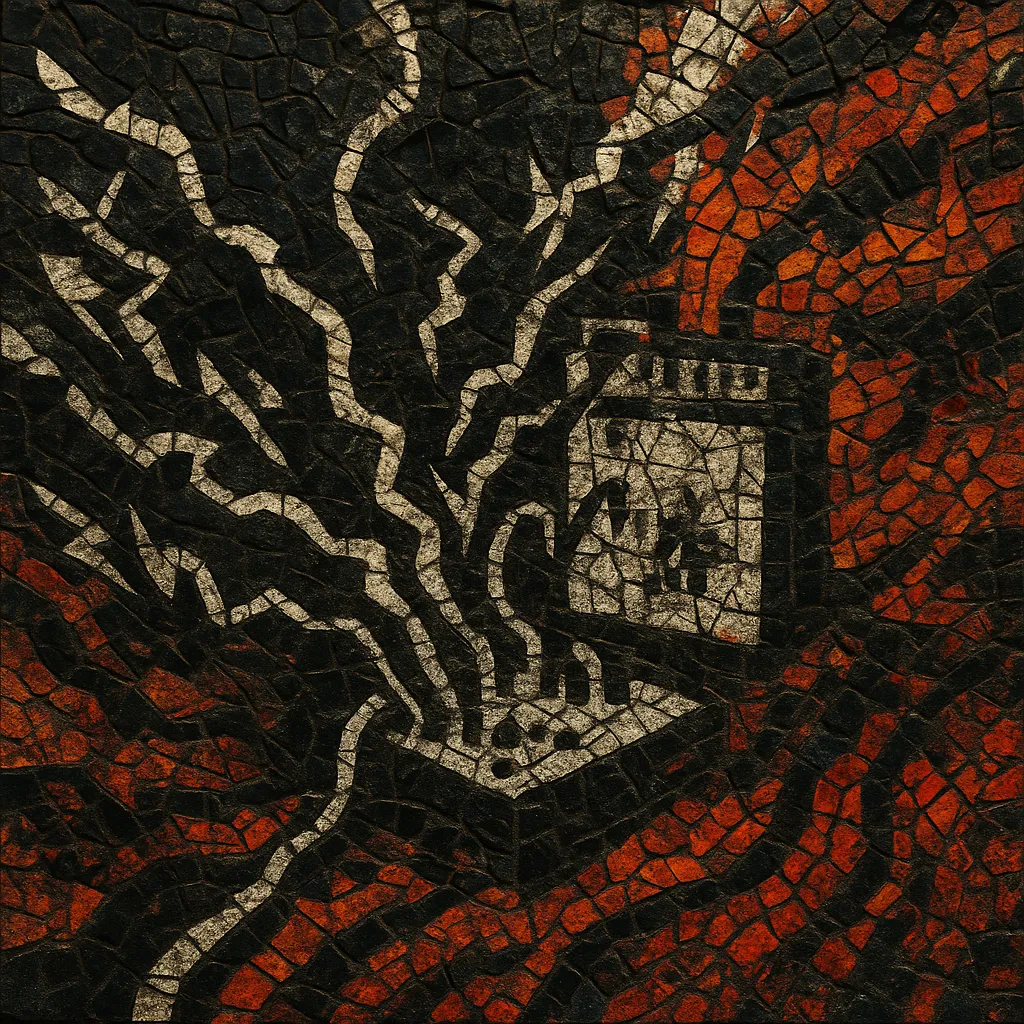Harsh noise is an extreme form of noise music characterized by dense, high-volume, full-spectrum distortion that largely rejects melody, harmony, and conventional rhythm. It focuses on texture, saturation, and the psychoacoustic impact of sound.
Rather than songs, works are often evolving blocks of feedback, amplified object sounds, and overloaded electronics, shaped into walls, bursts, or streams of sonic pressure. The aesthetic foregrounds physical intensity, unpredictability, and timbral complexity, often presented at ear-splitting sound-pressure levels.
Although related to industrial and power electronics, harsh noise minimizes the role of beat and voice, emphasizing raw noise generation and continuous timbral sculpting. The scene is deeply DIY, thriving on small-run tapes, CDrs, and underground performance spaces.
Harsh noise inherits a century of experimentation that normalized non-musical sound as music. Early 20th-century avant-garde practices and mid-century electroacoustic work (including musique concrète and tape manipulation) opened the door to organized noise. In the 1970s, industrial and power electronics pushed volume, feedback, and transgressive content, laying core methods for later, beatless extremes.
The genre cohered in the 1980s, most prominently in Japan, where artists such as Merzbow, Hijokaidan, and Incapacitants developed relentless, high-density feedback practices. Cassette culture and DIY venues enabled rapid circulation of material, while improvised performance practices emphasized immediacy and physicality over studio polish. This period established the vocabulary of saturated textures, mixer feedback, contact mics, and metal-on-metal abrasion.
Through mail networks, small labels, and international touring, harsh noise spread across Europe and North America. Artists like Masonna, C.C.C.C., Government Alpha, K2, MSBR, and Pain Jerk expanded the palette, from piercing high-end sheens to bass-heavy, crushing torrents. The late 1990s and 2000s also saw the emergence of harsh noise wall (an ultra-static subset) and the growing use of digital tools alongside analog feedback rigs.
Harsh noise continues to intersect with extreme metal, experimental electronics, and internet-native microgenres. Netlabels, Bandcamp, and livestreams have widened access, while physical media and underground shows remain central to community. The genre’s influence can be heard in newer forms that borrow its textural maximalism and endurance aesthetics, even when applied to beat-driven or conceptual frameworks.


